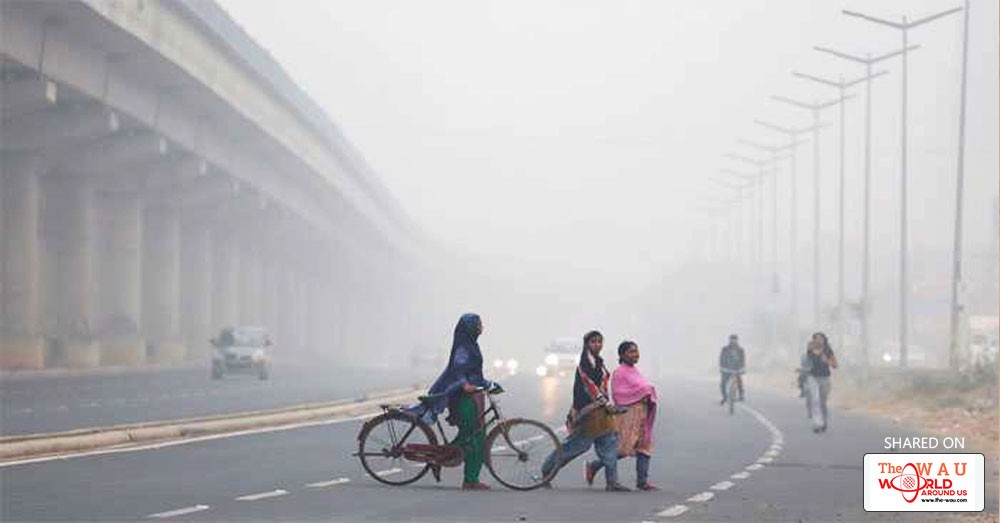From the past few days, Delhi is enveloped by thick blanket of smog, followed by very severe level of AQI(Air Quality Index).
The IMA had announced a public health emergency and ask the government to stop all the outdoor activities. They had raised a warning alarm, requesting residents to remain indoor unless it is too important to venture outdoor.
With each passing days, Air pollution in India is increasing at an alarming rate.With visibility less than 200 meters and residents choking for breath, it is really important to know and understand what smog is, its causes and effects and measures to keep yourself safe from falling sick
What is smog?
Smog is one of the severe type of Air pollution. It is formed by combination of two words, smoke + fog. It contains nitrogen oxides, ozone, sulphur oxides, smoke and particulates. Less visible pollutants include CFCs, CO and radioactive substances.
Human made smog is derived from vehicular emission, coal emissions,industrial emissions, agriculture fire and photochemical reactions by these emissions.
What are its causes?
One of the main reason, Delhi has hit the list of polluted cities is burning of crop by its border state Haryana and UP. Garbage lit and road dust also contributes to increase the level of air pollutants in the air of Delhi.
The second reason is burning of crackers. Despite the ban, people don’t stop themselves from bursting crackers which again contributed in smog buildup.
The vehicular pollution caused by trucks, cars, buses and industrial pollution had combined to create the most unhealthy environment for the residents that they are not even allowed to breathe freely outside their home.
With the onset of winter season, the pollutants and dust particulates present in the air are unable to take off from the atmosphere due to static winds.
What are its effects?
Based on the reports of Environmental Protection Agency (EPA), it is highly hazardous to breathe in so extreme smoggy condition.
Smog consist of a pollutant known as ozone and high level of ozone is responsible to affect the functioning of the lungs.
Exposure to smog can cause different types of health issues. It includes:
Coughing and Throat or Chest Irritation:
Large amount of ozone is enough to disrupt the functioning of respiratory system and your lungs also get affected with several hours of your exposure to the smog.
Worsening of asthma symptoms:
If you are a asthma patient, exposing yourself to high level of ozone is enough to trigger asthma attacks.
Difficulty in breathing and lung damage:
Smog doesn’t let you inhale deeply, especially making situation worse during your workout session due to stress on lung functioning.
Overall, smog can trigger other severe health issues like emphysema, chronic bronchitis and other respiratory issues. It also cause eye irritation and decreases your resistance capacity against cold and infections.
The ozone is also responsible to restrict the growth of plants and cause extensive damage to the crops and forests.
What measures you can take to protect yourself?
First of all you should know about the levels of ozone in your area.
Avoid prolonged outdoor ventures, especially prevent children and elder people from going outdoors.
Wait and plan any outdoor activities once the level of ozone is reduced in the atmosphere.
Minimize and even cease your outdoor activities during smoggy days, as it's highly recommended to stay safe from hazardous effects of ozone on your respiratory system.
Your best protection includes your active participation and contribution towards reducing air pollution by taking steps like car-pooling,conserving energy and maximizing the use of public transport than personal vehicle.
These small steps will protect you and your family on smoggy days, no matter you are a resident of major city or just a passerby.
Share This Post















